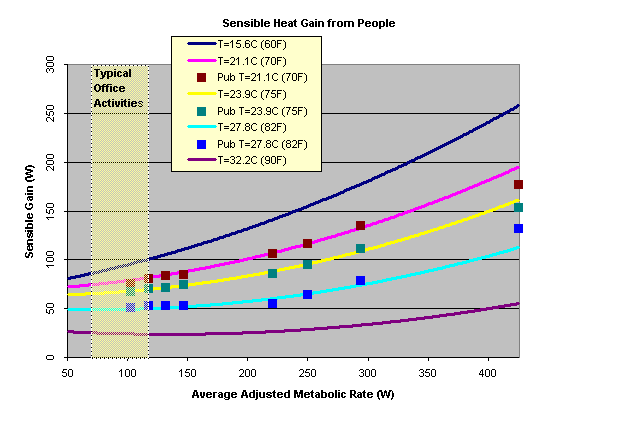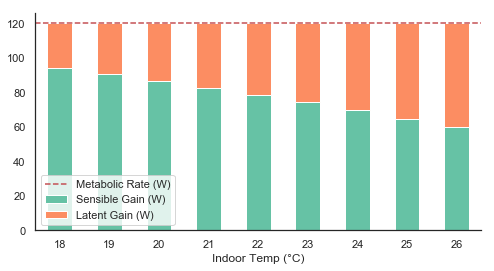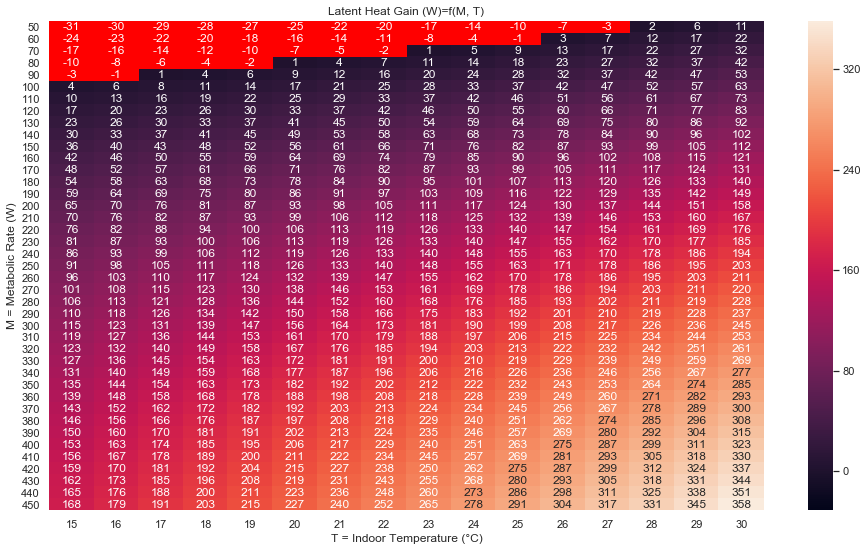What rate a People object adds water to zone air?
I'm implementing radiant heating and cooling with ZoneHVAC:LowTemperatureRadiant:VariableFlow and was having trouble with the dew-point. It was getting above 21C a lot of the time, sometimes 30C, which would turn off the ZoneHVAC:LowTemperatureRadiant:VariableFlow objects.
I have pinned it down to the People objects in the zone adding a significant amount of water to the air in the zone. In order for the radiant cooling to be effective, even with a regular amount of ventilation, I'll need to add some dehumidifying objects.
My question is what rate one person in a zone will add water to the zone air per hour? Is there any control of this in energyplus?
Also, from some output variables, it looks like a person adds more water based on the season, probably dependent on the weather. Does this sound like correct behavior from energyplus? (Not making any claims here. I stopped looking once I ran simulation with the people objects removed and double the people to see the pattern. Just an observation.)







